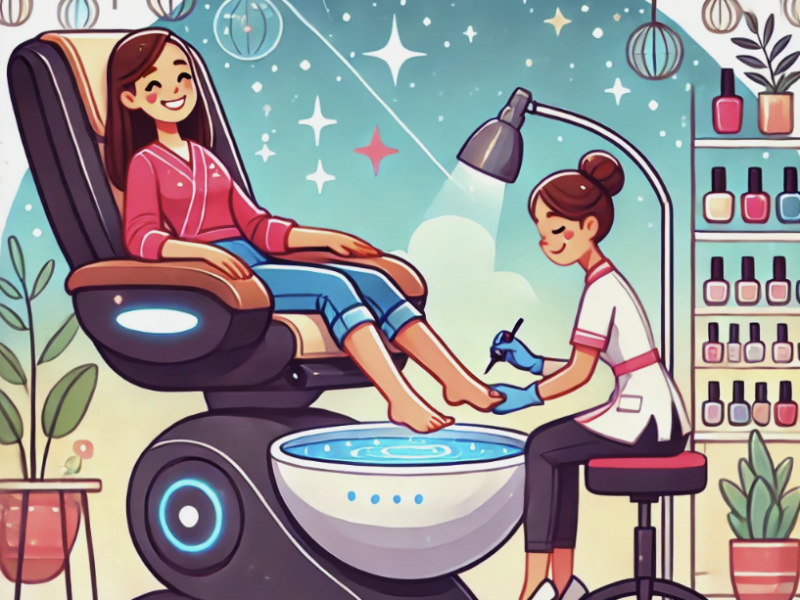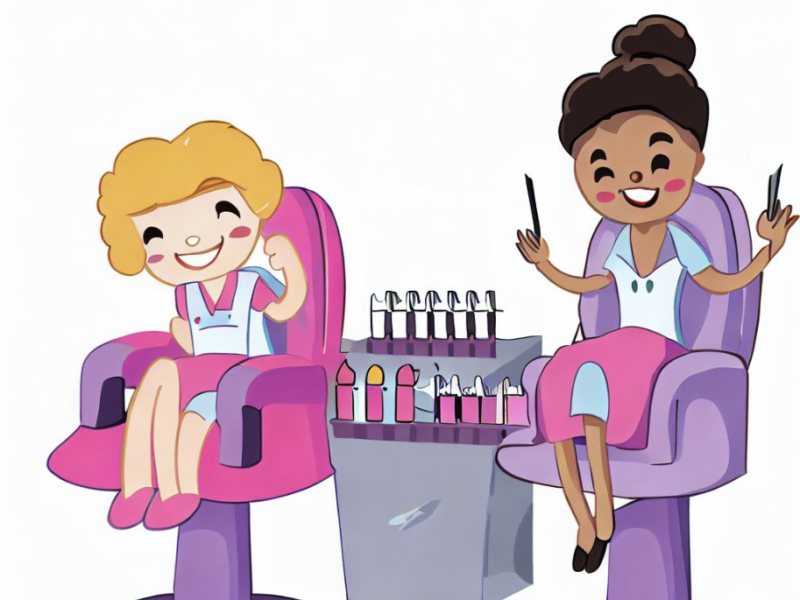Nails are an essential component of the human body, but they’re often overlooked in discussions about health and wellness.
They provide protection, improve dexterity, and even offer clues to our overall health.
In this article, we’ll dive into what nails are, what they’re made of, their purpose, and how to care for them.
The Anatomy of a Nail
At a glance, nails may seem simple and uniform.
However, they are made up of several distinct parts that come together to form the structure we’re all familiar with.
The Nail Plate
This is the most visible part of the nail, the hard, translucent part that grows out from the nail bed.
The Nail Bed
The skin underneath the nail plate, where the nail attaches.
The Cuticle
The thin layer of skin at the base of the nail plate, which protects new nail growth from bacteria and damage.
The Lunula
The small, white, crescent-shaped area at the base of the nail.
The Nail Matrix
This is where nail growth begins, deep under the cuticle.
Cells in the matrix multiply and push older cells upward, where they harden to form the nail plate.
Nail Anatomy and Physiology Structure: Lunula, Eponychium, Hyponychium, Free Edge, Cuticle
What Nails Are Made Of
Nails are made of a protein called keratin.
Keratin is also the key component in hair and skin. It’s tough and resilient, making it the perfect material for our body’s protective and utility features, like nails.
Nails consist of multiple layers of keratin.
When these layers are healthy and strong, they appear translucent and have a pinkish color because of the blood vessels underneath.
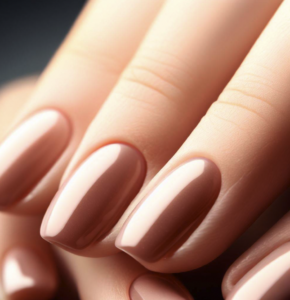
The Purpose of Nails
Nails serve many important functions in our bodies:
Protection
One of the primary roles of nails is to protect the sensitive tips of our fingers and toes. They act as a shield against physical damage.
Enhancing Sensitivity
While nails themselves do not have nerve endings, their presence enhances the sensitivity of the fingertip by providing a counter-force to the fingertip’s touch pad.
Tool Use
Nails aid in grasping small objects, scratching, and performing other tasks that require precision.
Health Indicators
Changes in nail color, shape, or growth rate can be signs of various health issues, including nutritional deficiencies, infections, and even serious diseases.
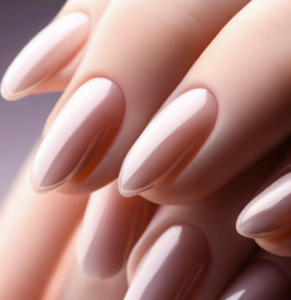
Caring for Your Nails
Caring for your nails isn’t just about aesthetics.
It’s also an important aspect of personal hygiene and health. Here are some tips to keep your nails healthy and strong:
Keep them Clean and Dry
This helps prevent bacteria, fungi, and other organisms from growing under your nails.
Don’t Over-trim
Cutting your nails too short can leave the sensitive nail bed exposed and lead to infections.
Moisturize
Applying a moisturizer to your nails can help keep them hydrated and prevent cracking.
Avoid Harsh Chemicals
Repeated or prolonged contact with harsh chemicals can weaken your nails. Always wear gloves when using cleaning products.
Maintain a Healthy Diet
Like many aspects of our health, nails are impacted by diet. Consuming enough protein, vitamins, and minerals can promote healthy nail growth.
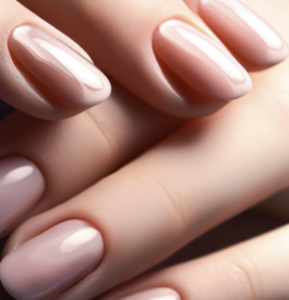
Conclusion
Nails are a vital part of our anatomy, serving many crucial roles in protection, sensitivity enhancement, and as tools for various tasks.
Understanding what nails are and how to care for them helps us maintain our overall health and wellness.
So, the next time you look at your fingertips, remember that these seemingly simple structures are in fact complex and highly functional parts of your body.
Frequently Asked Questions (FAQs) about Nails
1. What are nails?
Nails are protective plates made up of keratin, a tough, flexible protein.
They are found at the tips of your fingers and toes.
Your nails grow from an area called the matrix, which is located under the cuticle at the base of your nail.
2. Why do we have nails?
Nails serve multiple purposes.
They protect the sensitive tips of our fingers and toes, enhance our sense of touch by acting as counterforces when the pulp of your fingers touch an object, and are used for scratching, gripping and manipulating small objects.
3. How fast do nails grow?
On average, nails grow about 3 millimeters a month or 0.1 millimeter a day.
However, this can be influenced by factors like age, gender, nutrition, overall health, and even the time of year.
Nails tend to grow faster in younger people, in men, during pregnancy, and in the summer months.
4. Why are my nails brittle or breaking?
Brittle or breaking nails can be due to various reasons like aging, overexposure to water or chemicals, nutritional deficiencies, or certain medical conditions such as hypothyroidism or Raynaud’s disease.
Chronic nail biting can also lead to brittle nails.
5. Can the condition of my nails indicate my health status?
Yes, nails can provide clues to your overall health.
Changes in nail color, shape, or growth rate could be a sign of various conditions like lung disease, anemia, kidney disease, diabetes, or malnutrition.
However, these signs can be very subtle and are usually accompanied by other symptoms.
Always consult a healthcare professional if you’re concerned.
6. How should I take care of my nails?
Keeping your nails clean and dry can prevent bacteria from growing under your nails.
Regularly trim your nails straight across and then round the tips in a gentle curve.
Moisturize your nails and cuticles daily.
If you apply nail polish, give your nails a break in between applications to prevent them from drying out.
7. Why do white spots appear on my nails?
White spots on nails are usually due to minor trauma or injury to the nail or nail bed.
They are often harmless and disappear as the nail grows out.
However, if the spots persist, it could indicate a fungal infection or a mineral deficiency. Consult a healthcare professional if you’re concerned.
8. Is nail biting harmful?
Yes, nail biting can harm both your nails and your health.
It can lead to infections, contribute to skin problems, and cause dental issues.
Moreover, it can also increase your risk of catching a cold or other illnesses as you’re introducing germs from your fingers into your mouth.
9. Are gel manicures safe for my nails?
While gel manicures can be safe when done correctly, frequent and repeated use can damage your nails.
The process involves exposure to UV light, which can age the skin on your hands and potentially increase the risk of skin cancer.
Also, the process of removing the gel polish can weaken your nails if not done properly.
10. How can I strengthen my nails?
Eating a balanced diet is key to nail health. Nutrients like biotin, protein, vitamins, and minerals play a critical role in nail strength.
In addition, avoid harsh chemicals, moisturize your nails and cuticles, and don’t use your nails as tools.
If you’re concerned about your nail strength, consult a healthcare professional for advice.

